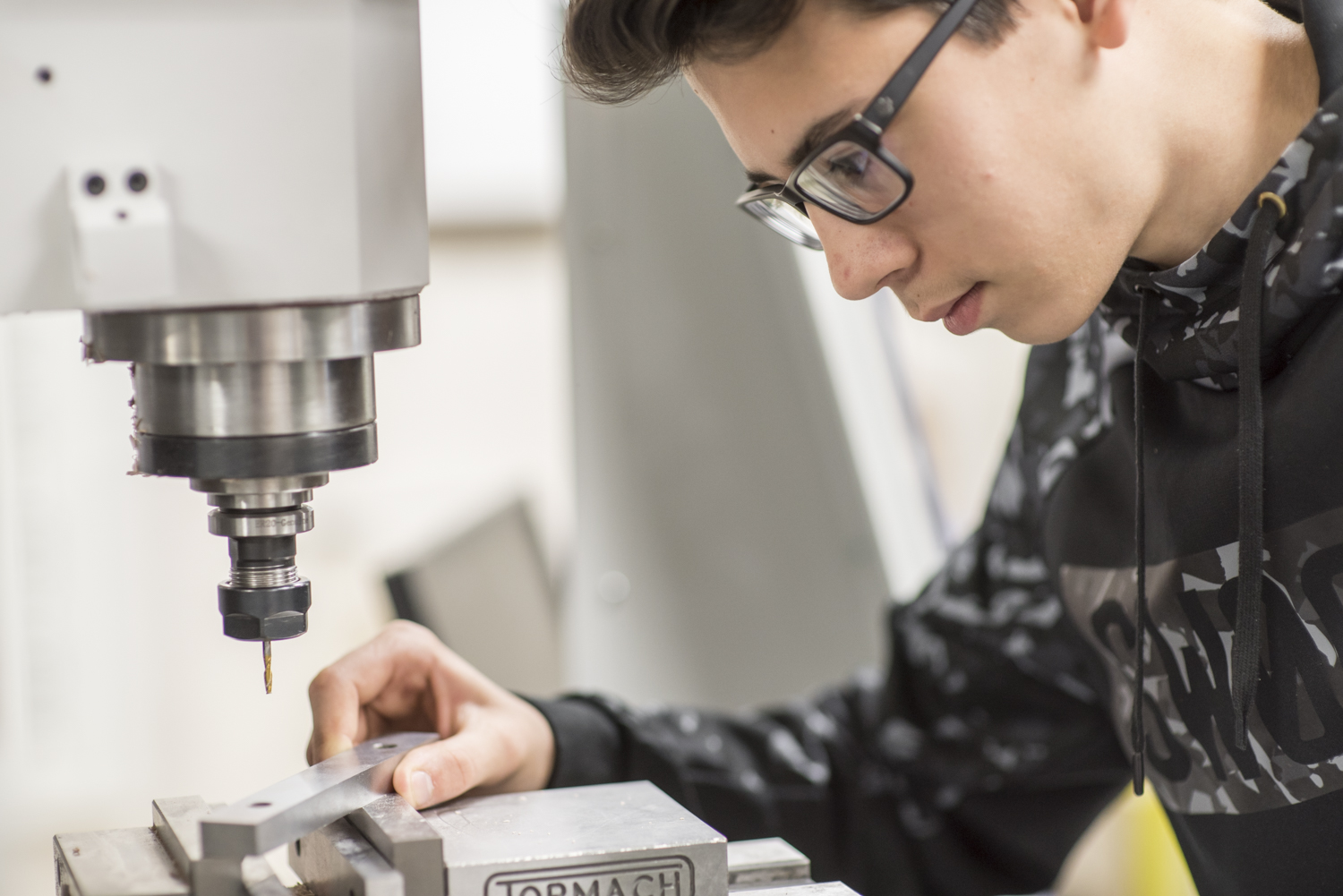10th Grade: Time to zero in.
This year, you’ll start to focus on how possible majors or training programs can lead to the career of your dreams. Use the Next Steps Idaho tools to explore how your interests and favorite activities can translate into the right career choice. You’ll also want to check in with your counselor and make sure you’re on the right track. Keep focusing on that GPA and make sure you take the Preliminary SAT, which goes a long way towards prepping you for the SAT next year. Junior year is just around the corner.
Catch up or get ahead!
Check-in with your counselor. Talk with your friends.
Keep the conversation going!
Now is a good time to meet with your counselor and make sure you’re on track for graduation. Ask about career training opportunities in your school, advanced placement classes, technical competency, and dual credit courses. Keep talking with your friends and family about your plans. You may have developed new interests or ideas about life after graduation since filling out your 8th Grade Pathway Plan. Ask for input and advice.
Next Steps
- If you feel like you might need some extra help in your classes or preparing for your future, ask your counselor or advisor for ideas and connections to support programs. Refer to this guide first.
- Now might be a good time to explore non-traditional career pathways. In the past, some fields were dominated by one gender, for example, healthcare may have been female-dominated, while IT was considerably more male-dominated. Employers are seeking to create a balance that may create a hiring advantage for you. Talk to your counselor about the employment landscape.
Target a GPA for this year.
The grades you’re earning right now can impact your options for college, training programs, scholarships, and jobs.
Be aware of your current GPA and what you need to do to either improve or maintain it.
Next Steps
- Develop good study habits and test-taking skills.
- Find out how your GPA can affect which type of college you might be able to get into.
- See where you’re at by calculating your current GPA: A = 4.0; B = 3.0; C = 2.0; D = 1.0; F = 0. Add up all of your class grades and then divide that number by the number of classes you’ve taken. That’s your current GPA. Want to double-check? Ask a teacher or counselor at your school.
- If your GPA is low, you’ll need to score higher on entrance exams to get into college. Take the pressure off by working hard to keep your GPA up throughout high school.
- Learn what you can do to improve your GPA.
Take the PSAT exam.
The Preliminary SAT (PSAT) is a practice test that will help you prepare for taking the SAT or the ACT in 11th grade.
Try to set aside some extra time to study and hone your test-taking skills. Familiarity with the PSAT/SAT’s structure and content will make you a better test-taker.
Next Steps
- Use the free study guides available through your school or prepare online. You can learn more about the test, review sample questions, and take practice tests.
- Check out these test-taking tips at FastWeb.
- Use the free, online PSAT/SAT practice tools from Khan Academy.
Join an extracurricular activity.
If you haven’t found something to get involved with, Sophomore year is your time.
In addition to activities offered at your school, consider volunteering with a nonprofit organization in your community. You’ll learn valuable skills and home in on how your interests might translate into a career. Don’t forget, pursuing activities outside of the classroom will help with college and job applications and may even help you win scholarship money.
Next Steps
- Visit the Idaho High School Activities Association website to learn more about the clubs, sports, and activities offered at schools throughout Idaho.
- Consider joining one (or more) of the seven career and technical education (CTE) student organizations.
- Learn more about volunteer opportunities in your area.
- Care about something that doesn’t have representation at your school? Work with trusted teachers and administrators to start a new club or team that will allow you to share your interests with others.
Take classes that will help you get into and pay for college
Look into dual enrollment, advanced placement, and technical competency credit opportunities.
Students attending public schools across Idaho have access to funding ($4,125 each) that can help cover the costs of taking college-level courses or career and technical certification exams while still in high school.
Next Steps
- Learn more about dual credit courses, advanced placement classes, technical competency credit, and a state scholarship for students who graduate high school early.
- Ask your counselor or a CTE instructor about technical training programs in your high school. Transition coordinators at Idaho’s technical colleges can also help answer your questions.
What’s in Store
Next Year
11th Grade is big. You’ll start to solidify your plans for life after high school. You might make an adult budget, home in on possible careers to pursue, take college entrance exams, and decide how you’ll train for your future career.



